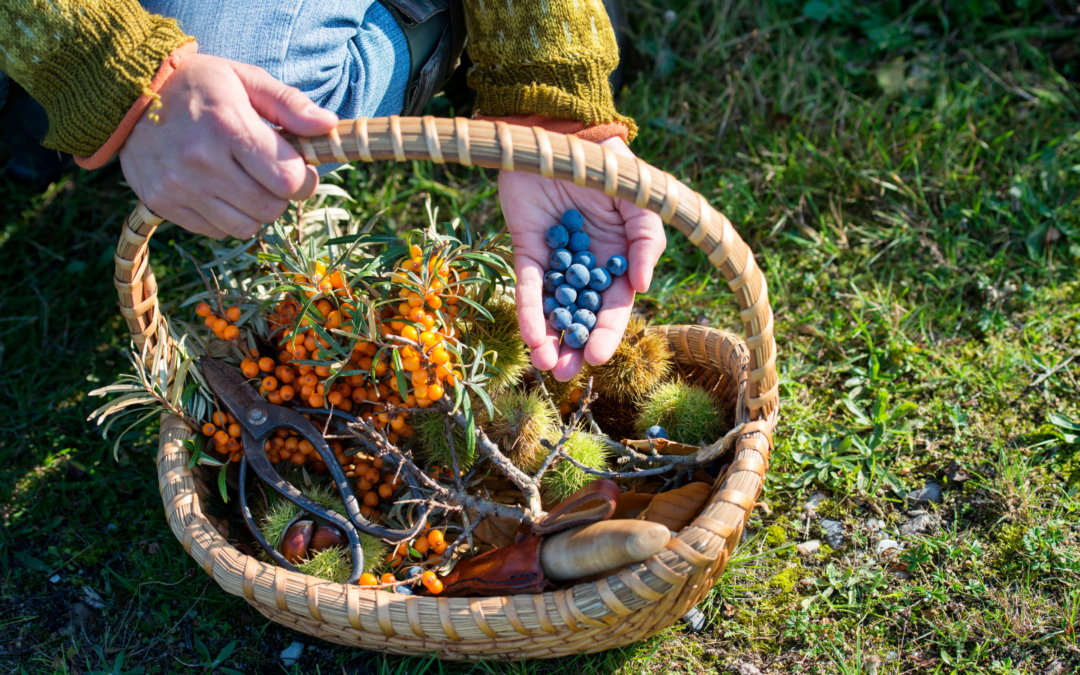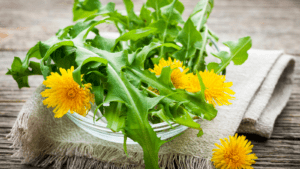As Maine’s landscapes transition through the seasons, they offer more than just scenic beauty—they provide a natural abundance of edible wild plants that have sustained generations of Mainers. From spring’s tender fiddleheads to autumn’s wild mushrooms, our state’s forests, fields, and coastlines are rich with nutritious, forageable foods that connect us to both nature and our heritage.
In this guide, we’ll explore some of Maine’s most common edible wild plants, when and where to find them, and how to incorporate sustainable foraging practices into your outdoor activities. We’ll also share tips on creating a forager’s garden that brings these wild delights closer to home.
The Rich History of Foraging in Maine
Long before European settlers arrived, the Wabanaki peoples skillfully harvested Maine’s wild edibles, understanding the delicate balance between sustenance and preservation. This traditional ecological knowledge, passed down through generations, teaches us not just what to gather, but how to do so sustainably.
Today, foraging continues to grow in popularity as more people seek to connect with nature and understand where their food comes from. Whether you’re an experienced forager or just beginning to explore wild edibles, Maine’s diverse ecosystems offer something for everyone.
Common Edible Plants in Maine’s Seasons
Spring Treasures
As winter’s grip loosens, Maine’s landscape comes alive with some of our most treasured wild edibles. Along river banks and in moist woodlands, one of Maine’s most iconic spring delicacies emerges:
These numbers represent not just statistics, but real lives waiting for positive change. Through their thoughtful matching process, Pets for Vets addresses both challenges simultaneously, creating win-win situations that transform lives.
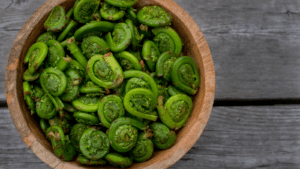
Fiddleheads
- Young coiled fronds of the ostrich fern
- Peak season: Late April through early May
- Health benefits: Rich in antioxidants, omega-3 fatty acids, and iron
- May help reduce inflammation and support heart health
The forest floor soon becomes a forager’s paradise as ramps make their anticipated appearance. These wild leeks have been prized by generations of Mainers for their unique flavor and impressive health benefits:
Ramps (Wild Leeks)
- Rich in vitamins A and C, chromium, and selenium
- Known for immune-boosting and detoxifying properties
- Must be harvested sustainably due to slow growth rate
Don’t overlook the humble dandelion, one of spring’s most versatile and nutritious offerings. While many consider it a nuisance in their lawns, this common plant offers remarkable health benefits:
Dandelions
- Leaves contain more beta-carotene than carrots and more iron than spinach
- Roots can be roasted for a liver-supporting coffee alternative
- Flowers rich in polyphenols, perfect for tea or wine-making
Summer Bounty
Summer transforms Maine’s landscape into a forager’s paradise, particularly when it comes to wild berries. From sun-warmed fields to forest edges, nature’s sweet treats are abundant:
Wild Berries
Blackberries and Raspberries
- Available July through September
- Rich in anthocyanins for brain health and memory function
Wild Blueberries
- Higher antioxidant levels than cultivated varieties
- Support vision and cognitive function
- Along the forest edges during late summer, elderberry clusters begin to darken, signaling their ripeness. These powerful immune-boosting berries have gained renewed attention in recent years:
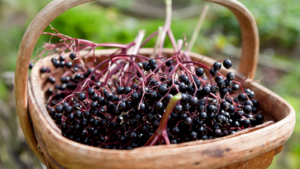
Elderberries
- Powerful immune-boosting properties
- High in vitamin C and antioxidants
- Traditionally used for cold and flu prevention
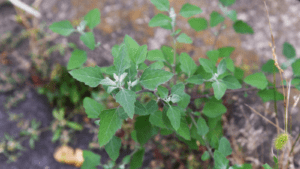
Lamb’s Quarters
- Higher in protein, calcium, and vitamins B1 and B2 than spinach
- Versatile for cooking: use raw in salads or cooked like spinach
Its companion, wood sorrel, offers a bright, citrusy flavor that makes it a favorite among foraging enthusiasts:
Wood Sorrel
- High in vitamin C
- Traditional fever-reducing properties
- Perfect for trail snacking or salad garnish
Fall Findings
As autumn paints the landscape in brilliant colors, a new world of foraging opportunities emerges. The cooling temperatures and increasing moisture create perfect conditions for wild mushrooms, though proper identification is absolutely crucial:
Edible Mushrooms
Chanterelles
- Golden color and apricot-like aroma
- High in vitamin D and potassium
Black Trumpets
- Rich in iron
- Distinctive smoky flavor

Chicken of the Woods
- High in protein
- Contains immune-supporting compounds
Along Maine’s stunning coastline, beach roses offer their final gift of the season. After the first frost, their rose hips reach peak sweetness:

Beach Rose Hips
- More vitamin C than oranges
- Rich in bioflavonoids for skin health
- Can be used fresh or dried for tea, jam, or syrup
The crisp fall air carries the sweet scent of ripening apples. Heritage varieties found in abandoned orchards often surprise foragers with their complex flavors and superior nutritional profiles:

Wild Apples
- Higher in antioxidants than many modern varieties
- Rich in beneficial pectin
- Perfect for cider and preserves
Remember that while fall offers abundant foraging opportunities, it’s also the season when many plants prepare for winter. Harvest mindfully to ensure these precious resources return in the following years.
Sustainable Foraging Practices
To ensure these natural resources remain available for future generations, sustainable foraging practices are essential. The fundamental rule of foraging follows the principle of thirds: take no more than one-third of any plant population, leaving one-third for wildlife and one-third for regeneration. This simple but crucial guideline helps maintain healthy plant populations while allowing for responsible harvesting.
Before heading out, always verify you have permission to forage on the land you’re visiting. Public lands often have specific regulations about foraging, while private property requires explicit permission from the owner. Additionally, avoid areas that may have been treated with pesticides or are close to high-traffic roads.

Creating Your Own Forager’s Garden
Why not bring the wild closer to home? A thoughtfully designed forager’s garden can provide a sustainable source of wild edibles while helping preserve wild populations. Native berry patches can be integrated into existing landscapes, providing both beauty and bounty. Herb spirals offer perfect conditions for growing both culinary and medicinal plants, while forest garden areas can support shade-loving species like ramps and ferns.
Incorporating Stone Elements
At Stone Solutions Maine, we understand how hardscaping can enhance your foraging garden. Raised stone beds create optimal growing conditions while adding architectural interest to your landscape. Stone pathways provide easy access to your edible plants while preventing soil compaction. Rock gardens offer perfect conditions for hardy herbs and alpine plants, while stone retaining walls can create multiple growing levels and beneficial micro-climates.
Safety Considerations
While foraging can be rewarding, safety should always be your primary concern. Never consume a plant unless you are absolutely certain of its identification, and be particularly aware of toxic look-alikes. Begin with small amounts when trying any new wild edible, and always properly clean and prepare foraged foods. Consider joining a local foraging group or taking classes to learn from experienced foragers who can share their knowledge of local species.
Bringing Nature Home
Whether you’re an experienced forager or just beginning to explore wild edibles, Maine’s landscapes offer abundant opportunities to connect with nature’s pantry. By combining traditional foraging with thoughtful garden design, you can create a space that not only provides fresh, nutritious food but also helps preserve wild populations of these valuable plants.
Ready to transform your property into a forager’s paradise? Stone Solutions Maine can help you create the perfect hardscape elements to complement your edible landscape. From raised beds to terraced gardens, our experienced team can bring your vision to life with lasting beauty and functionality.
Contact us today to discuss how we can help you design and build a landscape that celebrates Maine’s natural abundance while creating your own sustainable source of wild edibles

